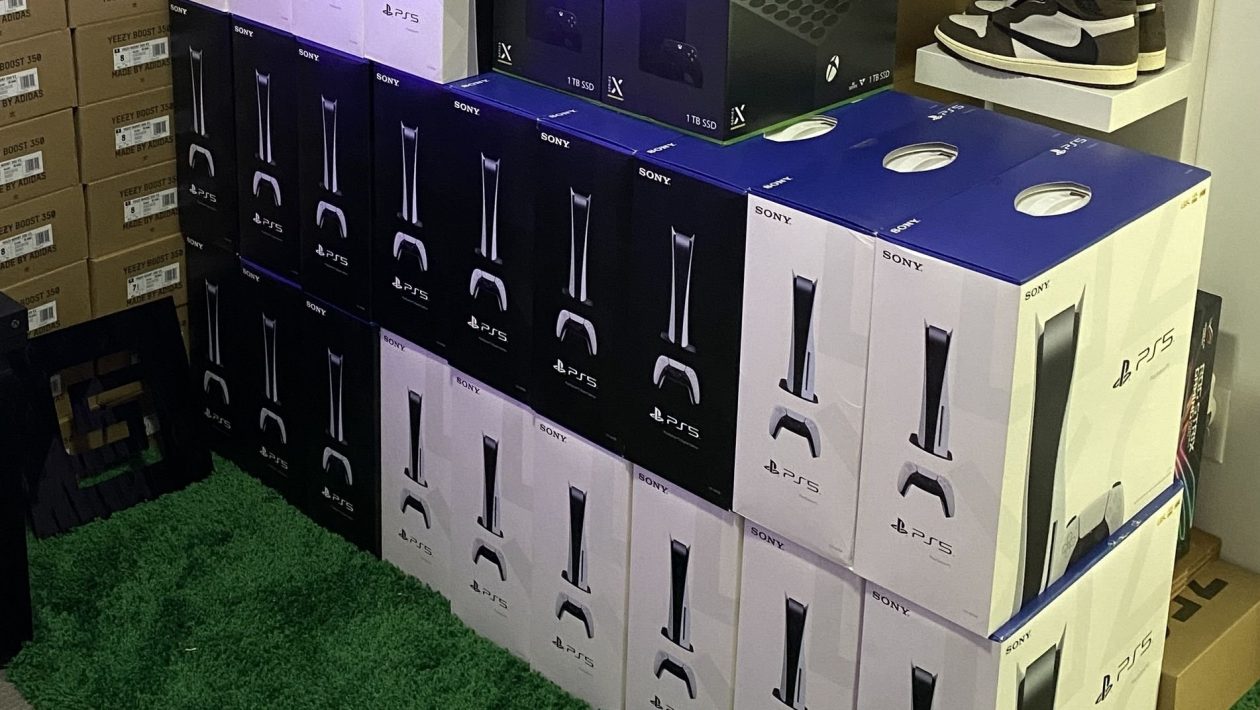Unto The End – -apkrig
You don’t have to get rid of any expectations, Unto The End is at the core a 2D soulska with several modifications of the combat system. Although … it’s not a complete lie either. If we compare the game with similar ones, which can boast a functional, fair challenge, which is fun to overcome, the local experience is really different.
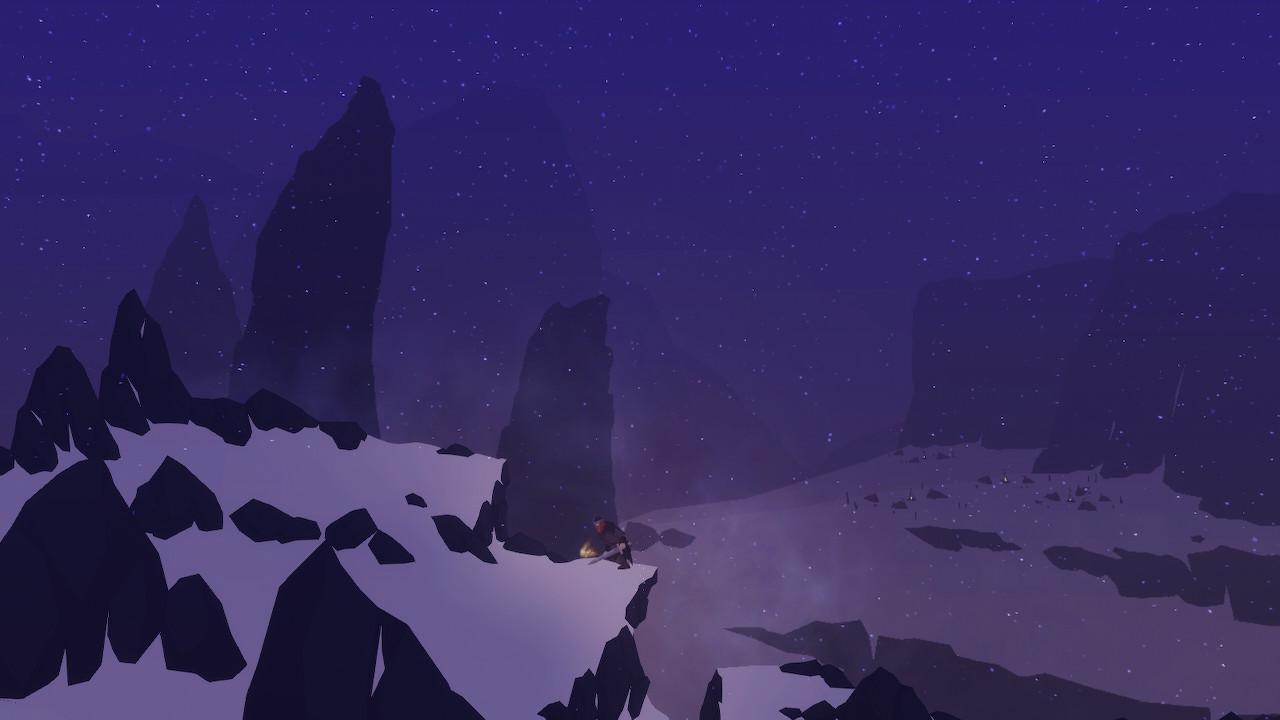
It doesn’t look bad
The winter is harsh, the landscape is decorated with snowdrifts only growing under another influx of snow and food is scarce. The father from the family goes hunting with the blessing of his friend and son, but before he has a chance to provide his family with a full table, he sinks into a cave full of dangerous monsters and traps. The fear of dying of hunger is thus replaced by a somewhat more immediate fear – the fear of dying in the head.
Just for the story. And not because I don’t want to reveal any sophisticated twists or narrative highlights, but the game simply doesn’t contain more. The only goal is to overcome the danger and return home. True, without the food that caused the whole lapality, so maybe it’s better not to think about what will happen next. But that is no longer being addressed here.
Of course, the absence of a story does not automatically equate to a bad game. For example, in Rogue Legacy, he also didn’t know what kind of nail it would fit, and what an addictive it was! In addition, Unto The End immediately enchants with its minimalist, but artistically skilful visual, which works well with contrast and sensitively examines the color palette.
Pleasant minimalism can be observed throughout the game. There is practically no interface, there are three materials to collect, two improvements, two items. The rest is already in your hands.
And even better is the sound design. Every crunch of snow under the boot, every step in narrow tunnels and underground halls, quickened breath pulled into the foreground, grunts, growls, coughs and the impact of the feet when jumping from a height perfectly complete the atmosphere.
The soundtrack arouses intentional distress and helps to believe that the hero is really fighting his life with his fingernails. That it’s about everything. That he is impoverished, wounded, tired, but not giving up. Praise also applies to the fight – a heavy swing of sharpened iron, clattering interventions and wheezing of the wounded … It is a slightly perverted joy to listen to it.
The play uses music in a similarly sensitive way, which does not cut into cymbals like a crazy drummer to keep playing something. On the contrary, at precisely chosen moments, it adds barely a few tons to the bubbling cauldron of the atmosphere, but exactly as it suits to freeze in the back. Thumbs up.
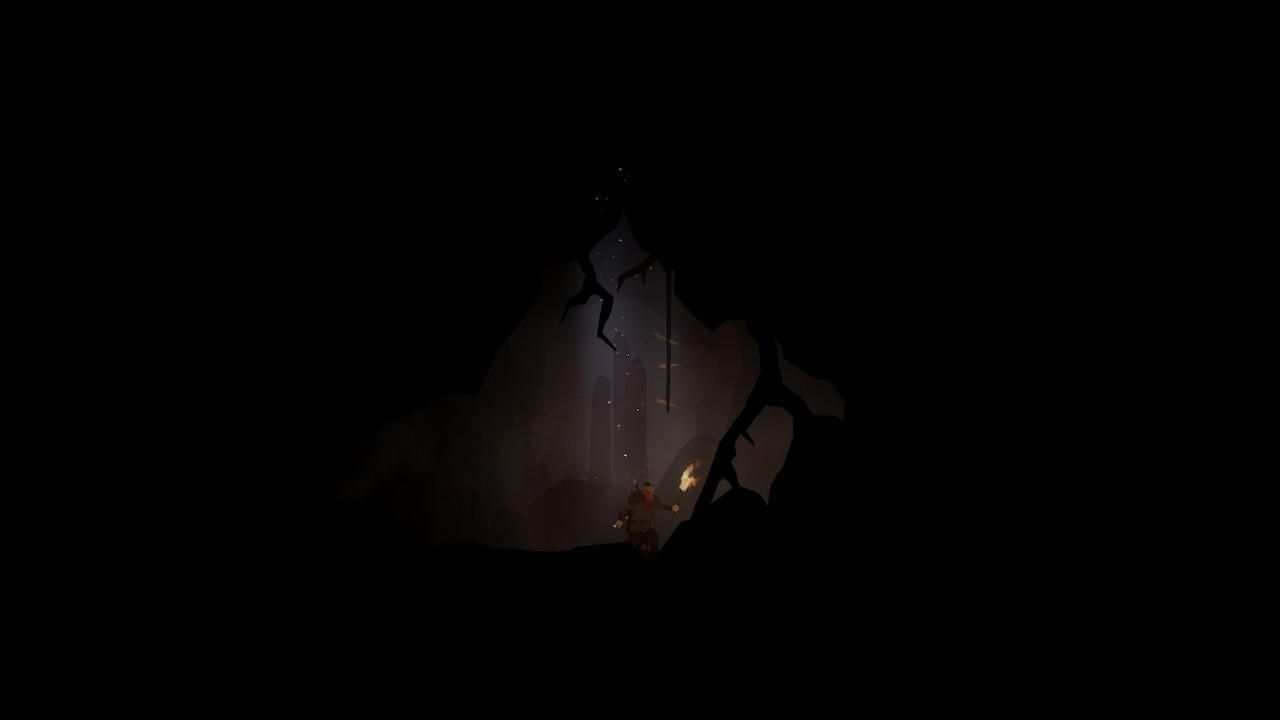
A few slaps from the duel
But then you immerse yourself in the game itself, and the enthusiasm meter, which has risen steadily upwards in the opening passage, begins to fluctuate considerably. There is a prosaic reason: Fighting is simply not fun here, which is for a game that does not contain many other things, after all, quite a major blow to the neck.
The system itself is relatively robust. The character as well as opponents can use low and high lunges, chain attacks into combos of three, block in both planes, jump, crouch, throw rolls, throw a dagger, knock the enemy to the ground with his shoulder, and even trick to indicate a lunge, which has an opponent confuse him to defend himself and be able to attack the exposed weakness.
The ingredients to make it possible to cook an excellent duel are definitely there. But then someone’s hand hit the hands with peppers. Nothing against challenging games, really. However, high difficulty is a very delicate matter and requires both highly sensitive design and technical flawlessness. Neither has Unto The End.
Quite classically, there are confusing stretches of enemies, from which it is not clear whether it is a high or low blow, so you must first perish a few times to learn how the opponent behaves. No problem, it’s part of an experience of this kind. The windows for recognizing what will happen are brutally short, especially in the second half of the game, but we also can’t criticize that. Again, it’s just a matter of getting the duel in hand.
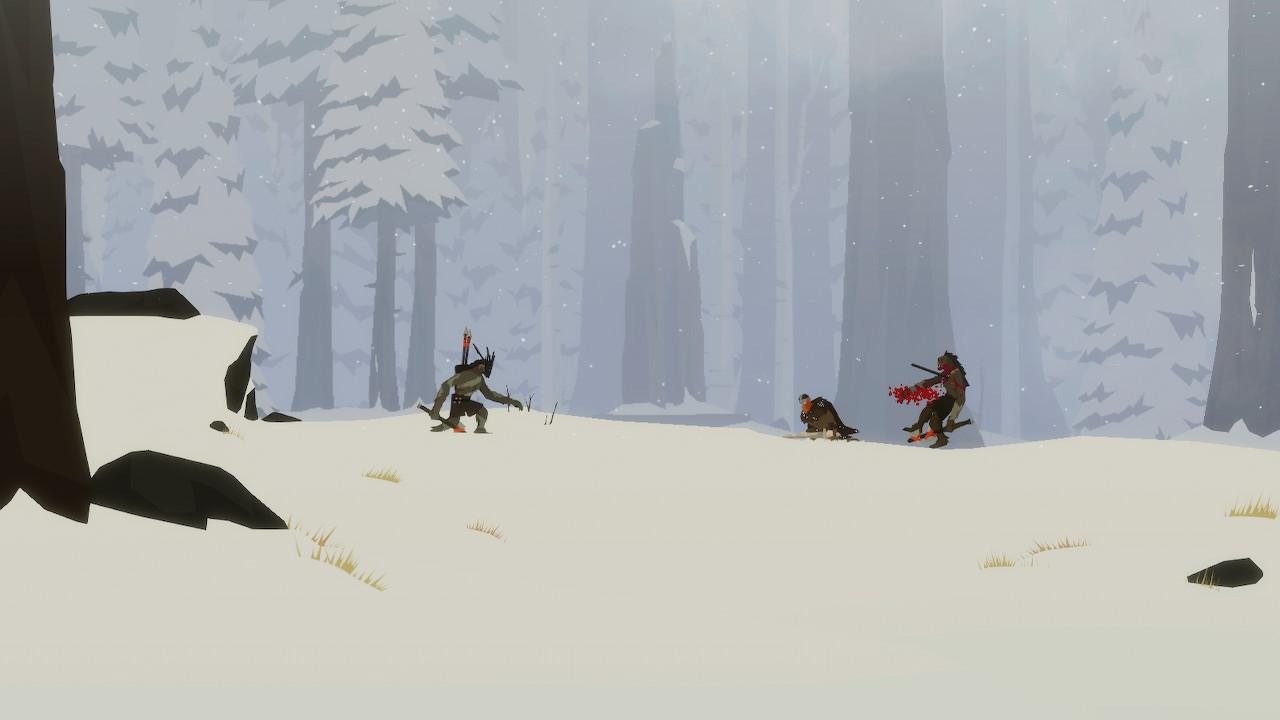
But the very first problem lies in the control, which behaves strangely plank, does not react completely lightning and in combination with the very frequent locking of the character into the animation, it can poison itself. But well, it’s not impossible to adapt and just get used to it.
The role of chance and unfairness is worse. Why do you sometimes die from the same opponent for one blow, sometimes for six? How do you know how you’re actually doing, when the game sometimes twists your neck out of the peaser right after the enemy’s spear licks your calf, and at other times lets eight stab you in the head? Why does your wounded character bleed, so how many times do you die awkwardly even after winning a fight (extraordinary joy), but nothing like that applies to enemies?
You never feel in control of the situation. Because one simply does not know how any attempt to overcome an enemy along the way will behave when the game seems to bend the rules as it suits them.
And you know, this could still be accepted. Going a little with the game and forgivingly declaring that it was the uncertainty and the resulting fears before each fight that were the design intent (although only the creators know this), and therefore the game works as it should. She’s supposed to be cruel. It does not allow you to rest or allow a feeling of domination.
But technical imperfection should not be added. It is strange that sometimes your opponent will allow you to counterattack after three blocked lunges and sometimes after seven, but practically, it is enough just not to spoil it and block it until the opportunity arises. When the juice constantly evades attempts to beat the ground with the shoulder, you simply stop using it, although it is illogical that sometimes, very rarely, it can be accidentally hit by the same attack. In other words, one could apologize and forgive if one wanted to.
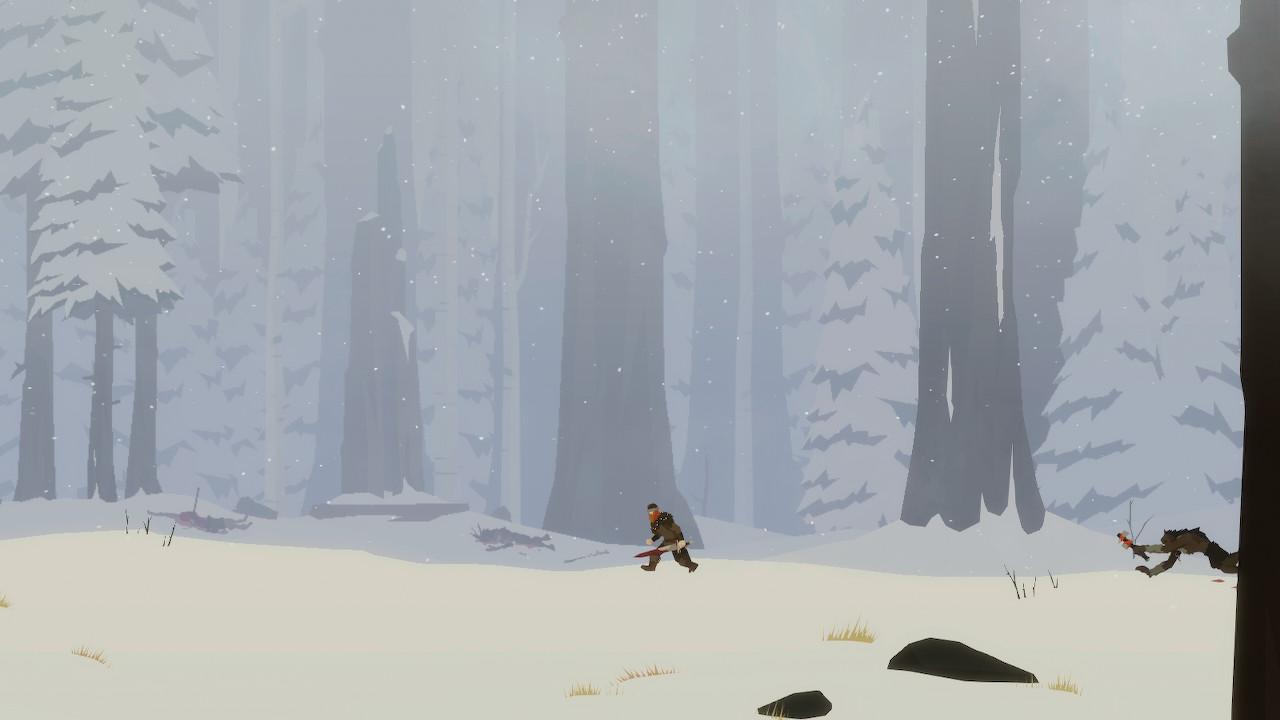
But sometimes your fearless beater turns his back on his own in the middle of a fight and cuts into the other side into space, even though you don’t have a hand on the control at all at the moment, it’s a different coffee. Probably a mosquito or something buzzing behind his ear. And when she does it at a critical moment, when the blow wounded draws the line between victory and the repetition of the whole fight, it will start buzzing in your head.
Even worse, the character attacks twice in a row from time to time, even though you only pressed the button once. Which sounds like a mess, but it is necessary to realize that interventions here usually do not decide the movement of the opponents in any way (but on the contrary it does not apply) and cover must come immediately after the attack, so trying continuous sequences of attacks is a preferred ticket to the grave. But sometimes the game will do it for you. And then he’ll kill you for it.
Fortunately, checkpoints are very benevolent, so a similar shoe doesn’t cost you at least twenty minutes of life, but the fun of fighting such a moment breaks your neck.
However, even dying, for which you could do it yourself, will immediately start to get on your nerves. And not because of the annoyance of failure itself, but because of a completely stupid eclipse that lasts perhaps ten seconds. A game that lets you die fifty times in each screen, often in a few moments, cannot afford such downtime. We have no idea if it was some kind of artistic intention, or if it’s just a disproportionate loading, and we honestly don’t care. It wasn’t supposed to be there.
The fact that some functions of the combat system only exist in theory cannot be commended. Namely, the mentioned trick, which sounds interesting, but in practice it could easily be replaced by a button for suicide. Enemies calmly ignore your elegant attempts at fencing finesse, and as you attempt a ruse, they hurt your head with a hammer.
All in all, the fights in Unto the End frustrated us. She can’t really reward, they behave too unpredictably, some mechanics are downright unfair, the game sometimes kills you with her own mistake. And constantly waiting for you to get back into action poisons more reliably than a fugue fish fillet from a chef with four per mille. No, that’s not what it should look like.

Darkness
Even the non-combat intermezzas show the fact that the creators diligently tried for a hard, rough experience, but they were probably not quite sure how to do it. The result is sequences of traps and traps that are not visible, cannot be expected and, of course, will kill you immediately. Some zones only need to flow through until you learn exactly where the stone will fall, where the spear will fly, where the floor will fall under you, and so on.
And in most of the game, it’s terribly dark everywhere. We don’t know whose idea it was, but a pat on the shoulder doesn’t deserve it. Because you can’t see anything all the time, because the beams illuminate about three millimeters of space, it contributes to the oppressive atmosphere, none of it, but when you have to find your way in ink black, quite often you can’t just jump into walls like a sanatorium refugee and hope. that there is a passage somewhere. It’s also not entirely up to the medal for game design.
In a painful paradox, the best thing about this action platformer is the twenty minutes without action. The game will cut a kind of adventure turn (optional, you can also cut it, if you like), in which you can avoid the fight by using objects.
The moment when the grieving chief shows you with a threatening gesture that you are not welcome, but when you show him a necklace symbolizing an affinity with the tribe, he grunts, gestures and allows him to pass on, he simply has something in him. Because the sounds work at full capacity here and the atmosphere, which, as we have already said, is really fantastically dense. The game cannot be denied.

If so, not on the Switch
If the copy for review arrived on another platform, it is likely that we would rate it a little higher and add a very careful recommendation for a specific circle of tolerant masochists among the reader. If a cruel to frustrating game is your cup of tea in the first place and you are able to overcome technical problems, Unto the End could easily sting you. But consider the version for Switch only if you know that you will only play on TV.
It’s hard on the handheld. The game regularly uses only a small part of the screen, the rest is filled with darkness, which is to survive on a large display, but on the manual display, in short, you can’t see anything at all. And playing with the console five centimeters in front of your eyes to see what’s going on will cause a headache par excellence within half an hour.
Not to mention that if you don’t play in complete darkness, you will love the reflection of your own face more than the adventure of your hero due to the shiny surface of the switch screen. It’s true that some of them realized while playing that they should really shave, for which Unto the End were sincerely grateful, but it doesn’t really improve the quality of the gaming experience.
In addition, the game managed to fall twice in the hard way even within its chamber range (done in about four hours, and when you have learned the procedure, it can be run in less than an hour). It would make us sick on the computer, but on the console we are even less curious about something like that.
Every item has a buyer – we have no doubt that there are people who are looking for a similarly set gameplay, they would be able to enjoy the title and the accidental subordination, which we consider a design overstepping, is a welcome diversification for them. But from us, Unto the End only gets a shake of his head. With a bitter taste on the tongue. In truth, we regret it, because after all, it is simply not a sloppy game, the efforts and sincere efforts of the developers are obvious. But what’s the point. We were relieved when the game was over. Just in a slightly different sense than the creators intended.

